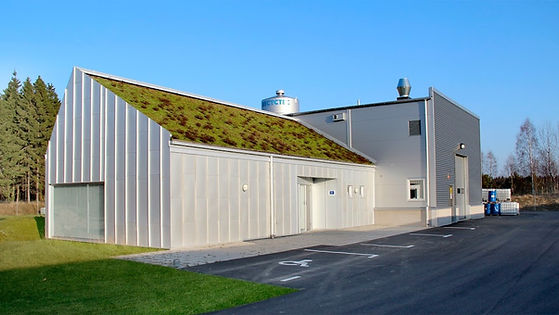Propilen-Glecol®
Composition, quality, properties =
standard propylene glycol
However, its carbon footprint
90% smaller than newly produced hydrocarbon-based propylene glycol
IUPAC name: Propane-1,2-diol
Synonyms: monopropylene glycol, 1,2-dihydroxypropane, methylethylene glycol 1,2-dihydroxypropane, methylethylene glycol
EC #: 200-338-0
CAS #: 57-55-6
Molecular formula: C3H8O2
REACH Registration Number: 01-2119456809-23-0012

PATENTED GLYCOL PURIFICATION PROCEDURE
Thanks to the purification technology patented by our partner companies, the collected propylene glycol has the standard quality and content parameters at the end of the regeneration process, thus ensuring the same heat and antifreeze capacity.


THE MOST CLIMATE-FRIENDLY PROPYLENE GLYCOL
"The most environmentally friendly product doesn’t even have to be produced — again."
Due to the process mentioned above, the production of the regenerated Propilen-Glecol® emits by 90% less carbon dioxide than the currently general propylene glycol-based heat transfer liquids from hydrocarbon sources (RISE Research 2019).
CIRCULAR ECONOMY
The circular economy covers circular processes of efficient reuse of resources, materials and products. In this concept, the life of products and materials is extended as much as possible, and waste is reduced to a minimum level.
The European Union intends to promote the initial phase of this new type of economic model with great vigor, with ideas (tax relief and carbon duty) that will help to spread this approach as soon as possible in the field of chemicals used in industrial quantities.


MPG dilution table (freezing point °C / concentration %)

Sustainability summary:
Production process
Application
Factory standard
propylene glycol
Used
propylene glycol
Collection and
Purification
Standard
propylene glycol
Application
Used
propylene glycol
Collection and Purification
Life Cycle Assessment (LCA) - Per 1 tonne (T) :
-
Based on RISE Research - Swerea Database (From glycol collection to purification process)
-
Carbon footprint = ∿ 400 kg CO2 eq / T , which is approximately equal to (US EPA data):
-
∿ 1620 km travel (car)
-
∿ consuming 170 liters of petrol
-
∿ burning 200 kg of black coal
-
∿ 0.5 month-long energy consumption of an average European household
-
∿ burning 1 barrel of oil
-
Carbon neutralization of this quantity would require at least:
-
∿ Development of 7 seedlings over 10 years
-
∿ One-year-long carbon sequestration capacity of 0.2 hectare forest
Life cycle:
+ CO2
+ CO2
+ CO2
1
2
raw material
extraction
production process
3
transportation - logistics
4
+ CO2
5
application
purification
- CO2
With sustainability and the protection of our environment in mind, choose the most climate-friendly glycol-based heat transfer liquids currently available on the market:
... or our plant-based propylene glycol product from completely renewable source:
... and in case of used glycol, ask for our regeneration service!